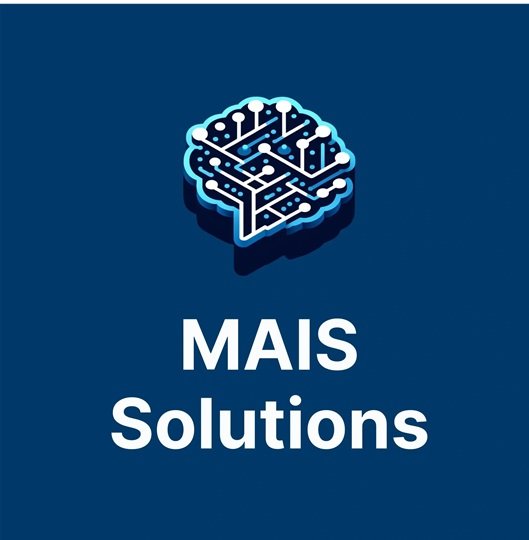Your cart is currently empty!
Introduction to Procurement Sciences
Back to: Guide to Procurement Sciences
The Evolution and Importance of Procurement Sciences

Procurement Sciences represents the strategic integration of advanced methodologies and emerging technologies, particularly artificial intelligence, into procurement processes. Historically, procurement was often seen as a straightforward function focused on acquiring goods and services. Over the years, it has evolved into a complex, data-driven discipline prioritizing efficiency, transparency, and compliance. Organizations today face increasing demands to innovate while navigating stringent regulatory environments, making the principles of Procurement Sciences indispensable.
The field focuses on several critical areas that shape its application and impact. Streamlining sourcing and bidding processes is essential for reducing costs and increasing efficiency. Enhancing supplier relationships ensures long-term partnerships that foster reliability and quality. Improving contract lifecycle management aids organizations in adhering to legal requirements and maximizing value. Finally, mitigating risks through data-driven decision-making safeguards against disruptions, ensuring organizational resilience.
Case in Point: GovCon Transformation
The transformative power of Procurement Sciences is best illustrated in its application within the GovCon space. Organizations that adopt these principles often report increased win rates, reduced operational costs, and faster delivery times. For example, mid-sized contractors leveraging AI-powered tools have secured multimillion-dollar contracts, even with limited preparation time. These examples highlight how innovation, coupled with Procurement Sciences, allows businesses to outmaneuver competitors and achieve tangible success.
Key Stakeholders in the GovCon Ecosystem
The GovCon ecosystem is a dynamic network of entities, each playing a vital role in the procurement process. Understanding these stakeholders and their contributions is key to effective collaboration and strategic planning.
Government agencies serve as the principal buyers, defining procurement needs and setting compliance requirements. These agencies encompass a broad range of sectors, including defense, health services, education, and infrastructure. Their objectives are diverse, reflecting both immediate operational needs and long-term strategic goals. By shaping contract terms and competitive dynamics, government agencies are central to the entire procurement landscape.
Contractors and subcontractors form the operational core of this ecosystem. From global corporations to small and disadvantaged businesses, they provide the goods and services needed to fulfill government contracts. Subcontractors often bring specialized skills, complementing the capabilities of primary contractors and addressing niche requirements. Their involvement creates a diverse and resilient supply chain, adaptable to changing demands and priorities.
Regulatory bodies, such as those governing the Federal Acquisition Regulation (FAR), play a crucial role in maintaining ethical and legal standards. Their oversight ensures transparency and fairness, fostering trust between stakeholders while preventing mismanagement. These regulatory frameworks form the foundation for all procurement activities, providing stability and predictability in a highly competitive environment.
The role of technology providers has grown exponentially in recent years. By introducing innovative tools and platforms, these providers enable automation of compliance checks, enhancement of bidding strategies, and optimization of workflows. Their contributions empower stakeholders to respond to opportunities and challenges with unparalleled speed and precision, making technology an essential pillar of modern procurement.
Collaboration among these stakeholders requires a nuanced understanding of their roles and challenges. Building strong relationships and fostering trust are essential for creating a cohesive and successful procurement environment. By aligning interests and leveraging shared goals, stakeholders can drive sustainable growth and innovation across the ecosystem.
Challenges and Opportunities in Modern Procurement
While the field of Procurement Sciences offers immense potential, it is not without its challenges. Navigating the complexities of compliance and regulatory frameworks requires meticulous attention to detail, as non-compliance can result in significant penalties and reputational damage. Data privacy and security concerns are also paramount, especially as AI tools become integral to procurement systems. Ensuring that sensitive information is protected while leveraging data-driven insights is a delicate balance.
Additionally, the rapid pace of technological change demands continuous upskilling and adaptation. Professionals in this field must stay abreast of emerging tools and methodologies to maintain a competitive edge. However, these challenges also present unique opportunities for innovation and growth.
AI-driven predictive analytics, for example, revolutionize risk management by enabling organizations to anticipate trends and make informed decisions. Blockchain technology offers enhanced transparency and accountability, fostering trust and efficiency in procurement chains. Furthermore, adopting sustainability initiatives aligns procurement strategies with global ESG goals, attracting socially conscious stakeholders and opening new funding opportunities.
Organizations that embrace these opportunities can position themselves as leaders in the field, setting benchmarks for best practices and innovation. Success in Procurement Sciences requires a commitment to continuous learning, adaptability, and the strategic application of advanced tools and technologies.
Copyright 2024 MAIS Solutions, LLC All Rights Reserved
